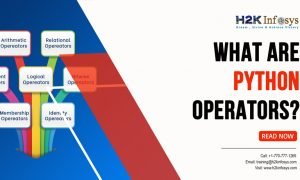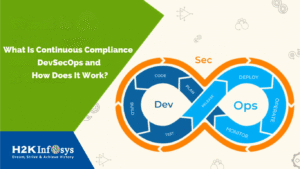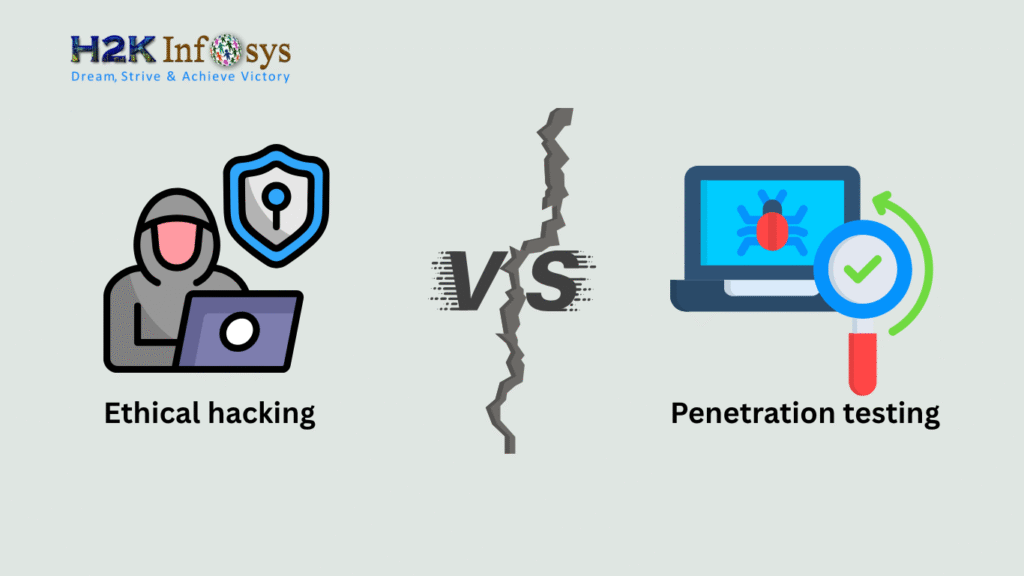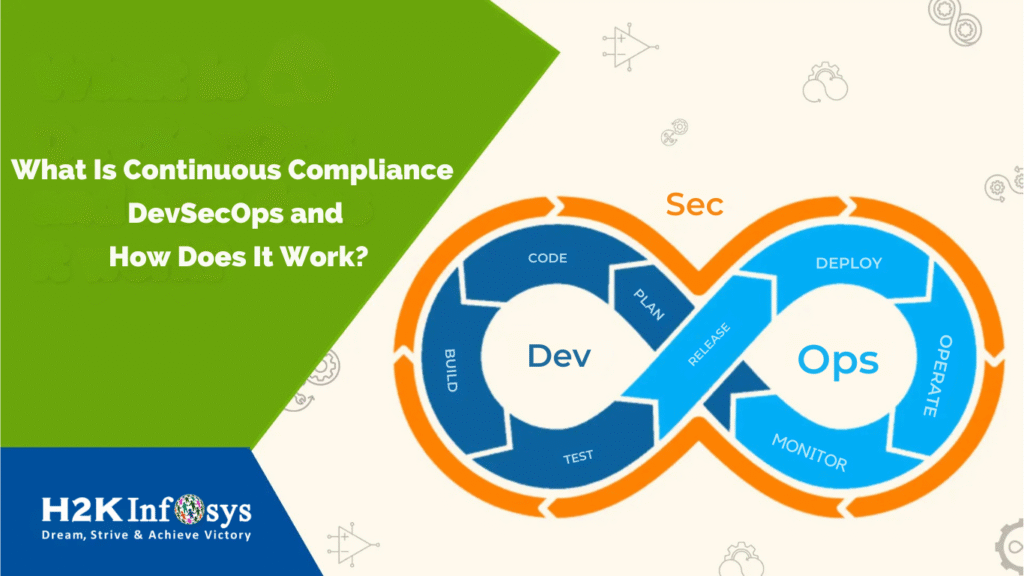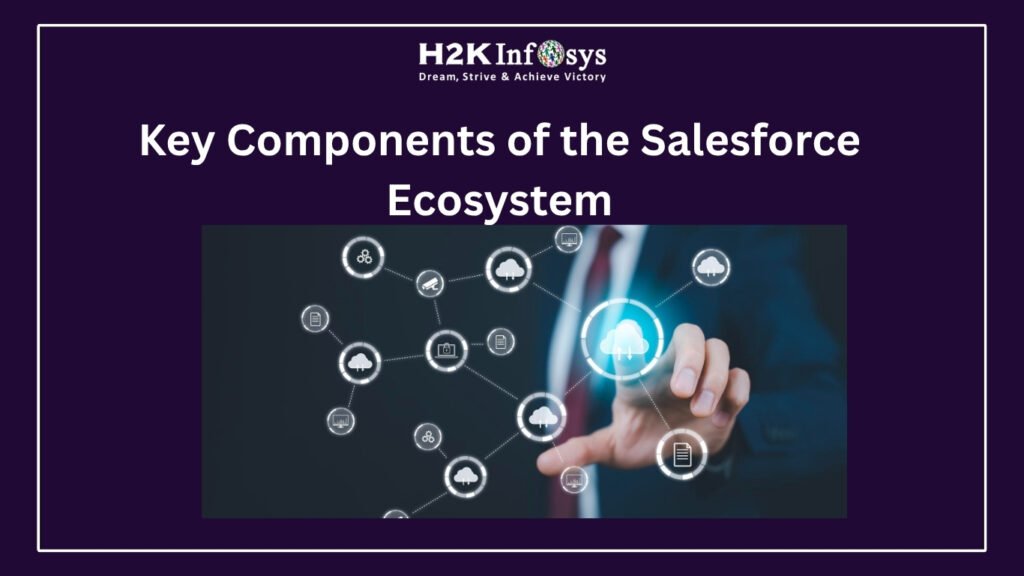Python is a critical tool for data engineers, given its flexibility and the vast ecosystem of libraries tailored for data processing. As data continues to grow in both volume and importance, the role of a Python Data Engineer becomes more vital, making it essential to be well-prepared for interviews in this field. This blog will guide you through some of the top Python Data Engineer interview questions and provide detailed answers to help you succeed.
What is the role of a Python Data Engineer, and how does it differ from a Data Scientist?
Answer: A Python Data Engineer is primarily responsible for designing, building, and maintaining the data infrastructure required for various data processes. This includes creating data pipelines, ensuring data quality, integrating data from various sources, and optimizing databases for performance. The focus of a Data Engineer is on the “how” — how to get data from one place to another efficiently, reliably, and at scale.
In contrast, a Data Scientist focuses on analyzing the data once it is prepared and accessible, using statistical methods and machine learning to extract insights, predict trends, and support decision-making. Data Engineers enable Data Scientists to do their work by providing the necessary tools, data, and infrastructure.
Can you explain the ETL process and how it applies to data engineering?
Answer: ETL stands for Extract, Transform, Load. It is a fundamental process in data engineering, especially when working with large datasets across different sources.
- Extract: This phase involves gathering data from various sources, which could include databases, APIs, files, or other data repositories. The data extracted is often raw and in different formats.
- Transform: In this step, the raw data is cleaned, enriched, and transformed into a format that is suitable for analysis. This could involve filtering data, aggregating values, joining datasets, or converting data types.
- Load: Finally, the transformed data is loaded into a data warehouse, database, or other storage systems where it can be accessed for analysis and reporting.
The ETL process is crucial for ensuring that data is accurate, consistent, and ready for use in downstream applications such as analytics, business intelligence, or machine learning.
What are some common Python libraries used in data engineering, and how do they help?
Answer: Several Python libraries are essential for data engineering due to their capabilities in handling large datasets, performing complex transformations, and managing data workflows:
- Pandas: A powerful library for data manipulation and analysis, Pandas is essential for handling structured data. It provides data structures like DataFrames, which are ideal for cleaning and transforming data.
- NumPy: NumPy is fundamental for numerical computing in Python. It provides support for large, multi-dimensional arrays and matrices and includes a vast library of mathematical functions.
- PySpark: PySpark is the Python API for Apache Spark, which is used for processing large-scale data. It enables distributed data processing and is ideal for big data tasks.
- Airflow: Apache Airflow is a tool for programmatically authoring, scheduling, and monitoring workflows. It is widely used to manage data pipelines and ensure that data flows smoothly through the system.
- SQLAlchemy: This library provides a SQL toolkit and Object-Relational Mapping (ORM) for Python. It allows data engineers to interact with databases in a Pythonic way, making it easier to write and manage SQL queries.
- Dask: Dask is used for parallel computing and can handle larger-than-memory datasets. It integrates well with Pandas and NumPy, allowing for scalable data processing.
How would you handle missing or corrupt data in a dataset?
Answer: Handling missing or corrupt data is a critical part of data engineering, as it can significantly affect the quality of the data analysis. Some common strategies include:
- Removal: If the amount of missing or corrupt data is minimal and not critical to the analysis, it can be removed. However, this approach should be used cautiously to avoid losing valuable information.
- Imputation: This involves filling in missing values with substituted values, such as the mean, median, or mode for numerical data, or the most frequent value for categorical data. Imputation helps maintain the dataset’s integrity without losing data points.
- Forward/Backward Fill: In time-series data, missing values can be filled with the preceding or following data points. This method is useful when data points are expected to have continuity.
- Machine Learning Models: For more complex cases, machine learning models can predict and fill in missing values based on other features in the dataset.
- Flagging and Reporting: In some scenarios, it’s essential to flag missing or corrupt data for further investigation rather than attempting to correct it automatically.
Describe your approach to designing a data pipeline for real-time data processing using Python.
Answer: Designing a real-time data pipeline involves several components that work together to ingest, process, and store data efficiently:
- Data Ingestion: Data is ingested from real-time sources such as Apache Kafka, Amazon Kinesis, or webhooks. This step is critical for ensuring that data flows into the pipeline as soon as it is generated.
- Data Processing: The ingested data is processed using frameworks like Apache Spark (with PySpark) or Apache Flink. The processing may involve filtering, aggregating, transforming, and enriching the data to prepare it for storage.
- Data Storage: The processed data is stored in a storage solution that supports real-time access, such as a time-series database (e.g., InfluxDB), a NoSQL database (e.g., Cassandra), or a cloud storage service (e.g., AWS S3).
- Monitoring and Alerting: Real-time data pipelines require continuous monitoring to ensure they are functioning correctly. Tools like Prometheus and Grafana are used for monitoring, while ELK Stack can be used for logging and alerting.
- Scalability: The pipeline must be scalable to handle varying data loads without affecting performance. This typically involves designing the pipeline to scale horizontally by adding more nodes to the system.
What techniques would you use to optimize a slow SQL query?
Answer: Optimizing a slow SQL query can involve several strategies:
- Indexing: Ensure that the columns used in WHERE, JOIN, ORDER BY, and GROUP BY clauses are indexed. Indexes help the database retrieve data more quickly by reducing the amount of data that needs to be scanned.
- Query Refactoring: Rewrite complex queries to simplify them. For example, replacing subqueries with JOINs, or using EXISTS instead of IN can sometimes improve performance.
- Database Design: Ensure that the database schema is properly normalized to avoid redundancy, while also considering denormalization where appropriate to reduce the need for complex joins.
- Partitioning: Use table partitioning to split large tables into smaller, more manageable pieces. This allows the database to scan only the relevant partitions.
- Caching: Implement caching where possible to reduce the frequency of database access for the same data.
- Query Profiling: Use query profiling tools to analyze the query execution plan and identify bottlenecks, such as full table scans or inefficient joins.
Why is Python a preferred language for data engineering, and how does it compare to other languages like Java or Scala?
Answer: Python is preferred in data engineering for several reasons:
- Ease of Use: Python is known for its simplicity and readability, which makes it accessible to engineers at all levels. This allows for quicker development and easier maintenance.
- Extensive Libraries: Python has a vast ecosystem of libraries for data processing, such as Pandas, NumPy, and PySpark, which simplify many data engineering tasks.
- Community Support: Python has a large, active community, providing extensive resources, documentation, and third-party packages, which can accelerate problem-solving.
- Interoperability: Python integrates well with other technologies and databases, making it a versatile choice for various data engineering tasks.
- Flexibility: Python is suitable for a wide range of tasks, from simple scripting to complex machine learning models, allowing engineers to use a single language across different stages of data processing.
Compared to languages like Java or Scala, which are also popular in big data frameworks like Apache Spark, Python is generally more user-friendly and easier to write. However, Java and Scala might be preferred in environments where performance is critical, as they can offer better execution speed due to their statically-typed nature.
What is lazy evaluation in Python, and how can it benefit data processing tasks?
Answer: Lazy evaluation is a concept where an expression is not evaluated until its value is needed. In Python, this is commonly implemented using generators and iterators.
Benefits in Data Processing:
- Memory Efficiency: Lazy evaluation processes data on the fly, which means that large datasets do not need to be fully loaded into memory. This is particularly beneficial when working with large data streams or files.
- Performance: By delaying the computation until it’s necessary, lazy evaluation can reduce unnecessary computations, improving the overall performance of the data processing pipeline.
- Stream Processing: In scenarios where data is processed as it arrives (e.g., real-time data streams), lazy evaluation allows for more efficient handling of data, as it processes each piece of data only when required.
What are the differences between a relational database and a NoSQL database, and when would you use each in a data engineering project?
Answer: Relational databases and NoSQL databases serve different purposes and are suitable for different types of data and applications:
- Relational Database:
- Structure: Relational databases (e.g., MySQL, PostgreSQL) use a structured schema with tables, rows, and columns. Data is organized in a tabular format and relationships are established using foreign keys.
- ACID Compliance: They provide ACID (Atomicity, Consistency, Isolation, Durability) guarantees, making them suitable for applications where data integrity is critical.
- Use Cases: Relational databases are ideal for transactional applications, where data consistency and integrity are essential, such as banking systems, ERP, and CRM.
- NoSQL Database:
- Structure: NoSQL databases (e.g., MongoDB, Cassandra) are schema-less and can store unstructured or semi-structured data. They support various data models, including document, key-value, column-family, and graph.
- Scalability: NoSQL databases are designed for horizontal scalability, making them suitable for handling large volumes of data across distributed systems.
- Use Cases: NoSQL databases are often used in big data applications, real-time web applications, and scenarios where data models need to be flexible, such as social media, IoT, and content management systems.
In a data engineering project, a relational database might be used for managing structured data with clear relationships, while a NoSQL database might be preferred for handling large-scale, unstructured data or when horizontal scalability is required.
How would you implement data security in a Python-based data pipeline?
Answer: Data security is a critical aspect of any data pipeline, especially when dealing with sensitive information. Implementing security measures in a Python-based data pipeline involves several steps:
- Encryption: Ensure that data is encrypted both in transit and at rest. For data in transit, use protocols like SSL/TLS. For data at rest, use encryption tools provided by cloud services (e.g., AWS KMS) or Python libraries like cryptography.
- Access Control: Implement role-based access control (RBAC) to restrict access to data. Use Python libraries to manage permissions and authenticate users.
- Data Masking: Mask sensitive data such as personally identifiable information (PII) before storing or processing it in non-secure environments.
- Audit Logging: Maintain logs of data access and processing activities to monitor for unauthorized access or anomalies. Python’s logging module can be used to implement this.
- Regular Audits: Conduct regular security audits of the data pipeline to identify and mitigate potential vulnerabilities.
By following these practices, you can ensure that your Python-based data pipeline is secure and compliant with data protection regulations. This blog covers the essential questions and answers for a Python Data Engineer interview, providing insights into the skills and knowledge required for success in this field. By understanding these concepts, you’ll be better prepared to demonstrate your expertise and land your next role as a Python Data Engineer.





